Phonological awareness refers to an understanding of the sound structure of language- that is, that language is made up of words, syllables, rhymes and sounds.
So why is it that phonological awareness is so important? It is because the understanding of how language works is a foundational skill in learning to read and spell. If children do not understand that words are made up of individual sounds that can be blended together to make words, then using the alphabet to read and write would make no sense. In fact, research indicates that phonemic awareness is the best predictor of later reading ability, even more than intelligence, vocabulary or listening comprehension!
Understanding the concept of rhyme is the first skill in the hierarchy of phonological awareness. Although children should be exposed to rhyme through books, songs and poems from an early age, by the end of kindergarten we would expect children to be able to recognize and generate rhyming words (“tell me a word that rhymes with cat”?). Activities such as Rhyme Matching will be helpful in supporting this skill in your preschool or kindergarten classroom.
So, to make your magnetic rhyming beads you will need large marble glass gems, glass and bead glue and 32 button magnets. This gem package came in a 3lb bag and the gems measure 1- 1 1/2 inches (they are not exactly circular). I purchased them at Walmart (of course) and found them in the floral/arts and crafts area. The special glue can be purchased in a store such as Micheal’s or the Hobby Lobby.
Making the magnets is quite simple. First, print the pdf of the pictures on office paper and cut them out. Then cover the flat side of the gem with the glue and adhere a picture on each gem.
Hot glue a button magnet on the back of the gem and your magnet is done!
When you are finished making your magnets, you will have 16 rhyming pairs. To create the Rhyme Matching activity pictured below, print the template on office paper and place it on a cookie sheet. This activity can be used either during your small group intervention or as an activity within your literacy centers. Be sure to differentiate the activity based on the needs of your students. For example, for those just learning the concept of rhyme, you may wish to place 5 gems on the sheet and provide the student only with the 5 matching pairs. For students who are approaching proficiency with this skill, you may choose to use all the gems and have them find the pairs independently.
Click the following link to download the free pdf of the template. Rhyme Matching Template
Click the following link to download the free rhyming pictures. Rhyme Matching Magnets
Here are a few other activities that can be used during small group instruction or within literacy centers to teach and practice the concept of rhyme.
The Clip A Rhyme activity contains 14 rhyming cards with 3 choices and 16 cards with 6 choices. That’s 30 different cards! Students “clip” the stars on the rhyming pictures. Click HERE to download the Clip A Rhyme activity.
The Clip The Rhyme activitiy contains 10 lilly pads. Students “clip” the frogs with the rhyming pictures on each pad. Click HERE to download the Clip The Rhyme Frog activity.
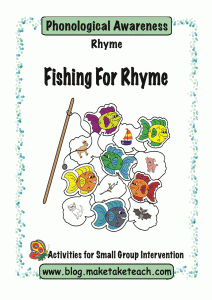
You’ll have to assemble a fishing rod, but it’ll be well worth it. Students LOVE this activity. They “catch” two fish with their fishing pole and if the fish rhyme, they are able to keep them. Click HERE to download the Fishing For Rhyme activity.
Happy rhyming!
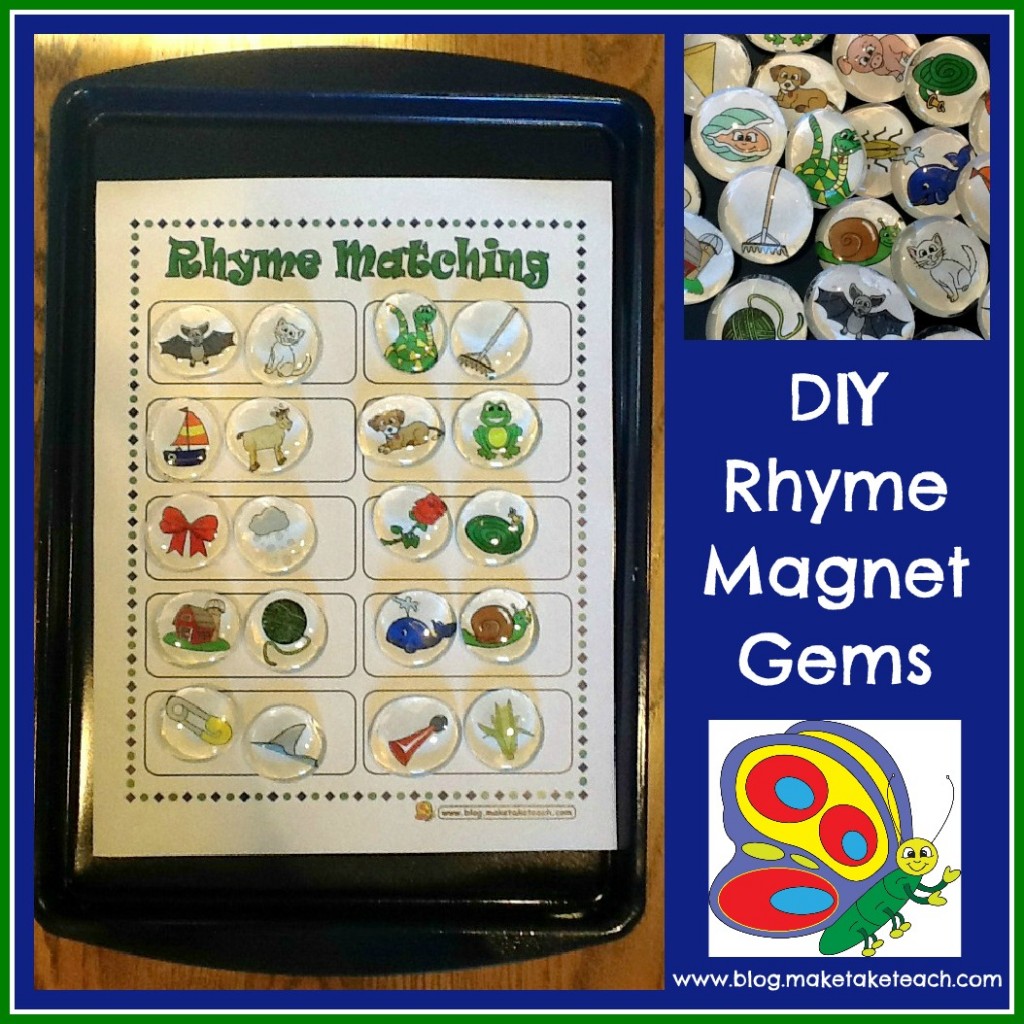
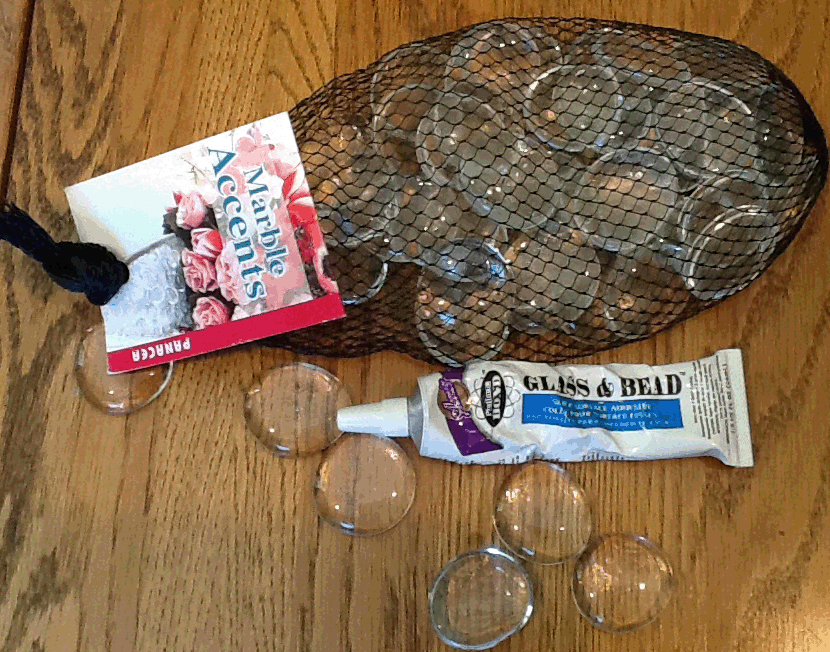
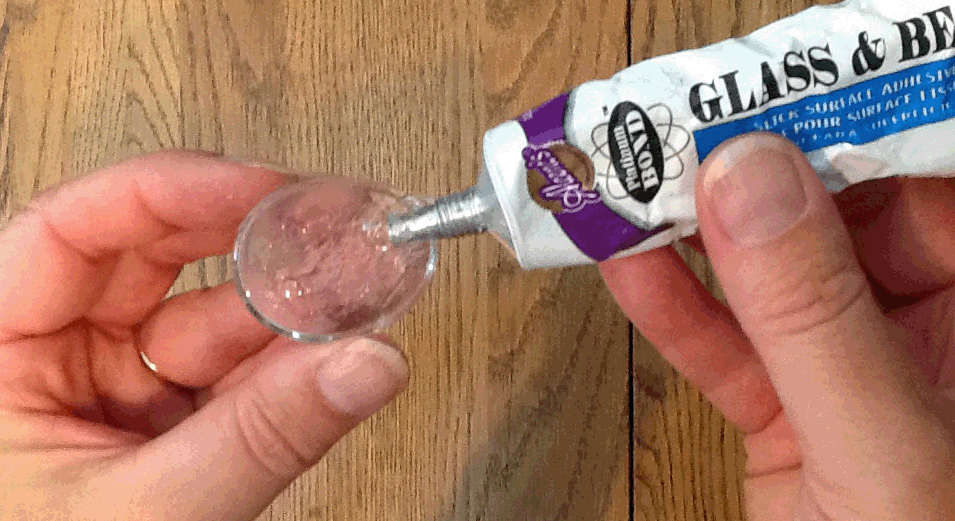
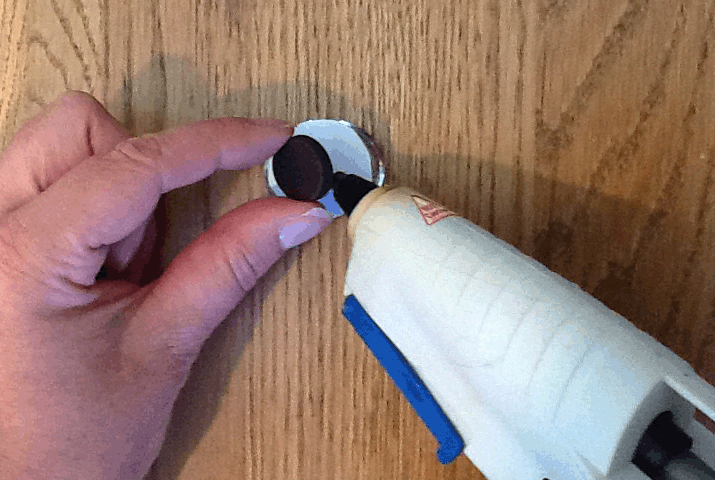
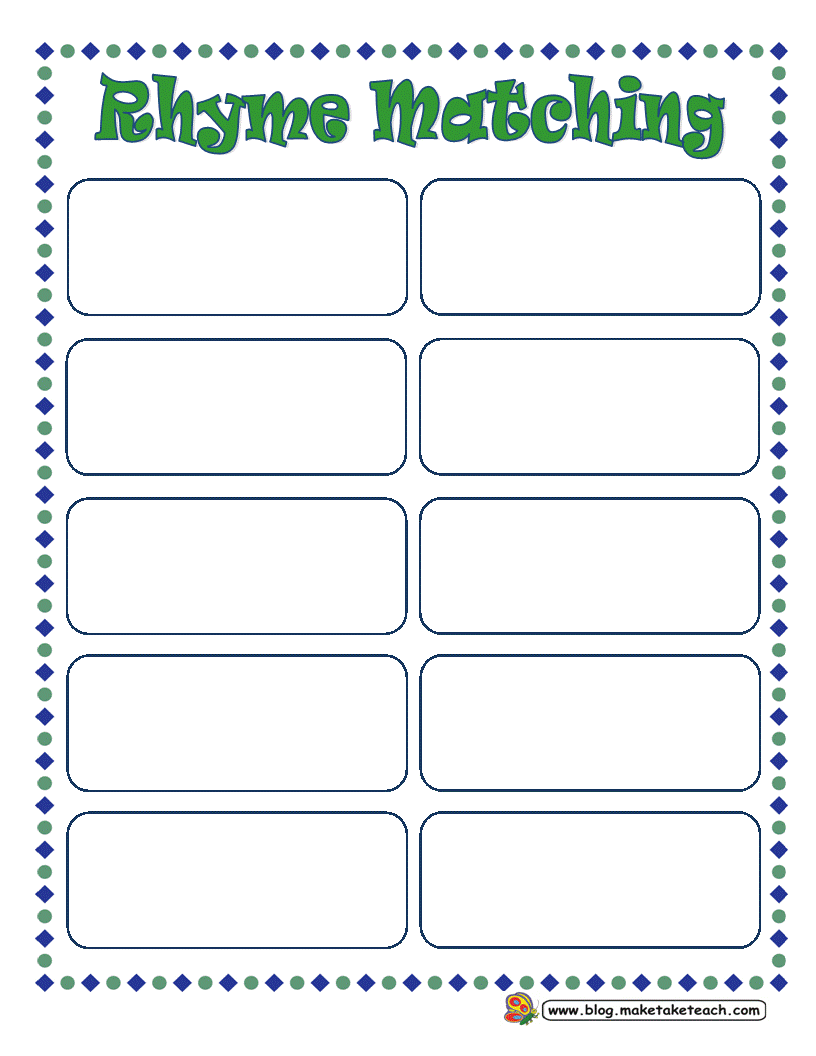
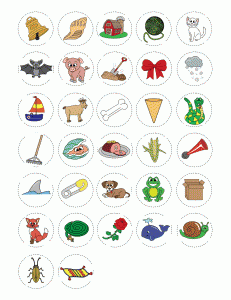
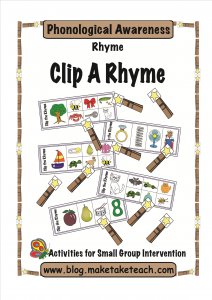
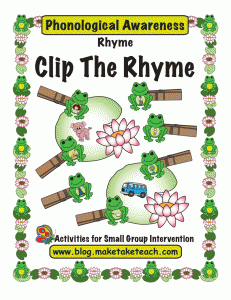

I love this idea and it doesn’t hurt at all that I have lots of those glass gems just sitting around. Woohoo!!!
These are such amazing ideas! Thank you so much for sharing!
Ashley DeMazza
North Canaan Elementary School
Falls Village, CT
These are fantastic activities! Thank you so much for sharing! 🙂
Mary